- No products in the cart.

Uronormin-f powder for solution inside the pack 3a. 1 PC
$8.62
Uronormin-f powder for solution inside the pack 3a. 1 PC
SKU: 01379110777 Categories: Bladder and kidney infections, Kidney and bladder, Medicaments Tags: fosfomycin, OTISIFARM
Description
Composition
Active substance:
1 package 2 g comprises fosfomycin trometamol – 3,754 g, based on fosfomycin – 2.0 g 1 g pack 3 comprises fosfomycin trometamol – 5.631 g in terms of fosfomycin – 3.0 g
Excipients:
Sucrose, tangerine flavor, orange flavor, sodium saccharinate.
Description:
Granulated powder of white or almost white color with a characteristic fruity odor.
Product form:
Powder for oral solution 2 g and 3 g
By 6.0 g (for a dosage of 2 g) or 8.0 g (for a dosage of 3 g) in heat-sealable bags (buflen) of the four-layer laminated foil (paper-polyethylene-aluminum-polyethylene).
1, 2 or 3 package together with instructions for use placed in a pile of cardboard.
Contraindications
– increased sensitivity to fosfomycin and other components of the formulation; – severe renal insufficiency (creatinine clearance
Dosage
3 g
Indications
Infectious-inflammatory diseases caused by microorganisms sensitive to fosfomycin: – acute bacterial cystitis, acute episodes of recurrent bacterial cystitis; – bacterial nonspecific urethritis; – massive asymptomatic bacteriuria in pregnant women; – postoperative urinary tract infection;
Prevention of infection during surgery on the urinary tract and transurethral diagnostic tests.
Interaction with other drugs
In a joint application with fosfomycin metoclopramide reduces the concentration of fosfomycin in serum and urine.
The simultaneous use of antacids or calcium salts reduces the fosfomycin concentration in plasma and urine. Drugs that increase locomotor activity (motility), the gastrointestinal tract, may cause a similar effect (decrease fosfomycin concentrations in plasma and urine). There are particular problems associated with the change in the international normalized ratio (INR). In patients receiving antibiotics, were recorded numerous cases of increased activity antivitamin K antagonists In the presence of risk factors such as severe infection, inflammation, age or poor general health, change the INR may be due to an infectious disease, and a consequence of its treatment. Such changes are considered more typical for the following classes of antibiotics: fluoroquinolones, macrolides, cyclins, cotrimoxazole and some cephalosporins.
Overdose
Data in respect of fosfomycin overdose ingestion limited. In patients who have taken an overdose of the drug, observed the following reactions: dysfunction of the vestibular apparatus, hearing impairment, “metallic” taste in the mouth, as well as a general decline in the perception of flavor.
Treatment of an overdose – is symptomatic and supportive. In the case of an overdose of recommended intake of liquid inside to increase diuresis.
pharmachologic effect
Pharmacological group:
Antibacterials other.
Pharmacodynamics:
URONORMIN-F comprises fosfomycin [mono (2-ammonium-2-hydroxymethyl-1,3-propanediol) (2R-cis) – (3-methyloxirane) phosphonate] – antibacterial agent broad spectrum phosphonic acid derivative, for the treatment of infections urinary tract.
The mechanism of action is associated with the suppression of the first stage of bacterial cell wall synthesis. As a structural analog of phosphoenolpyruvate competitively irreversibly inhibits the enzyme UDP-N-atsetilglyukozamienolpiruviltransferazu that catalyzes the reaction for the formation of UDP-N-acetyl-3-O- (1-carboxyvinyl) -D-glucosamine from phosphoenolpyruvate and UDP-N-acetyl-D-glucosamine . Also, the drug is capable of reducing adhesion of bacteria to the mucous membranes of the bladder, which can act as a predisposing factor for a recurrent infections. The mechanism of action of the drug explains the lack of cross-resistance with other classes of antibiotics, and synergism with other classes of antibiotics, such as beta-lactam antibiotics.
Fosfomycin is active against a broad spectrum of gram-positive and gram-negative microorganisms, typically allocated in infections of the urinary tract, such as Escherichia coli, Citrobacter spp., Klebsiella spp., Proteus spp., Serratia spp., Pseudomonas aeruginosa, Enterrococcus faecalis.
The emergence of resistance in vitro mutation of genes is explained glpT and uhp, which control the transport L-alpha-glycerophosphates, and glucose phosphate, respectively.
Pharmacokinetics:
Absorption: When administered fosfomycin well absorbed from the intestine and reaches about 50% bioavailability. Maximum plasma concentration is observed after 2-2.5 hours after oral administration and is 22-32 mg / l. Plasma half-life equal to 4 hours. Ingestion slows absorption without affecting the concentration in urine.
Distribution:
Fosfomycin is distributed in the kidney, bladder wall, prostate and seminal glands. Permanent fosfomycin concentrations in urine above the minimum bacteriostatic concentration (UKMO) is achieved in 24-48 hours after oral administration. Fosfomycin is not associated plasma protein and passes the placental barrier. After a single injection fosfomycin released into breast milk in small quantities.
excretion:
Fosfomycin excreted unchanged, primarily by the kidneys by glomerular filtration rate (40-50% of the dose is found in the urine), the half-life is about 4 hours and, to a lesser extent in the faeces (18-28% of the dose). The appearance of the second peak serum concentration after 6 and 10 hours after dosing suggesting that the drug is exposed enteric-hepatic recirculation.
The pharmacokinetic properties of fosfomycin do not depend on the age and pregnancy. Cumulated drug in patients with renal insufficiency; pharmacokinetic parameters between fosfomycin and glomerular filtration rate established linear relationship.
Pregnancy and breast-feeding
During pregnancy, the drug is prescribed only if the potential benefit to the mother outweighs the potential risk to the fetus. These limited number of pregnancies studied did not show adverse effects on pregnancy, fetus or newborn health.
If necessary, the appointment during lactation should stop breastfeeding during treatment.
Conditions of supply of pharmacies
On prescription.
side effects
The most common adverse reactions at the single dose of fosfomycin are disorders of the gastrointestinal tract, most commonly diarrhea. These reactions are transient and disappear spontaneously.
The following are adverse drug reactions that have been reported when using fosfomycin, in clinical trials or post-marketing surveillance.
Frequency responses indicated as follows: very often (> 1/10); often (> 1/100 1/10 1/1 000 000
In each group, the undesirable reactions are shown in decreasing order of severity.
Infectious and parasitic diseases:
Uncommon: Vulvovaginal
Rare: superinfection
Violations by the immune system:
Not known: anaphylactic reactions, including anaphylactic shock, hypersensitivity
Disorders of the nervous system:
Uncommon: headache, dizziness
Rare: paresthesia
Violations of the heart:
Very rare: tachycardia
Violations of the respiratory system, thorax and mediastinum:
Unknown: asthma, bronchospasm, dyspnea
Disorders of the gastrointestinal tract:
Uncommon: diarrhea, nausea, dyspepsia
Rare: abdominal pain, vomiting
Unknown: antibiotic-associated colitis, decreased appetite
Violations of the skin and subcutaneous tissue disorders:
Rare: rash, urticaria, pruritus
Unknown: Angioedema
General disorders and the site of injection:
Rare: fatigue
Violations by vessels:
Not known: decrease in blood pressure, petechiae
Disorders of the liver and biliary tract:
Not known: transient increase in alkaline phosphatase activity and “liver” transaminases
Blood disorders and lymphatic system:
Rare: aplastic anemia
Unknown: eosinophilia, thrombocytosis (petechiae).
special instructions
During treatment fosfomycin may occur hypersensitivity reactions, including anaphylaxis and anaphylactic shock, a danger to life. In such cases it is necessary to eliminate the repeated reception of fosfomycin and proper treatment.
The use substantially all of antibacterials, including fosfomycin can lead to antibiotic-associated diarrhea. Its severity can range from mild diarrhea to fatal colitis with. Diarrhea, particularly heavy, recurring and / or mixed with blood, observed during or after treatment fosfomycin (including, for several weeks after treatment), may be a symptom of pseudomembranous colitis caused by Clostridium difficile. When perceived or confirmed diagnosis of pseudomembranous colitis treatment should be initiated immediately. Drugs that inhibit intestinal motility in a given clinical situation contraindicated.
Use in renal failure: fosfomycin concentration in urine is maintained for 48 hours after taking the usual dose if creatinine clearance greater than 10 mL / min. The drug is contraindicated in patients undergoing hemodialysis.
Patients with diabetes should be noted that in the package 1 with the dosage formulation 2 g or 3 g of fosfomycin contained 2,100 g or 2,213 g of sucrose, respectively.
Patients with a rare hereditary diseases such as fructose intolerance, glucose-galactose malabsorption or sucrase-isomaltase deficiency, this preparation is contraindicated.
The effect on the ability to operate vehicles, machinery
Patients should be warned of the possibility of dizziness, vertigo, and the appearance should refrain from carrying out these activities.
Storage conditions
Store at a temperature not higher than 25 C.
Keep out of the reach of children.
Dosing and Administration
Inside.
The powder was dissolved in a 1/2 cup of water (50-75 ml) or another beverage is stirred until complete dissolution, taken immediately after dissolution. URONORMIN-F is applied once a day on an empty stomach inside 1 hour before or 2-3 hours after ingestion, preferably at bedtime, after emptying the bladder.
Adults and children from 12 to 18 years: 1 package (3 g), 1 time a day once.
In order to prevent urinary tract infection during surgery, transurethral diagnostic procedures take fosfomycin 2 x 3 g: for 3 hours before surgery and 24 hours after the intervention.
Babies from 5 to 12 years: 1 package (2 g) 1 time per day once. In order to prevent urinary tract infection during surgery, transurethral fosfomycin diagnostic procedures take 2 x 2 r: for 3 hours before surgery and 24 hours after the intervention.
In more severe cases (elderly patients, recurrent infections) take another 1 package after 24 hours.
In patients with mild or moderate renal insufficiency severity of dose adjustment is not required.
In patients with severe renal insufficiency or the use of hemodialysis is contraindicated drug. Patients with hepatic impairment dose adjustment is required.
Information
Appearance may differ from that depicted in the picture. There are contraindications. You need to read the manual or consult with a specialist
Additional information
| Weight | 0.100 kg |
|---|---|
| Manufacturer | OTISIFARM |

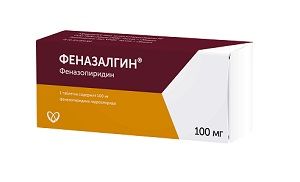
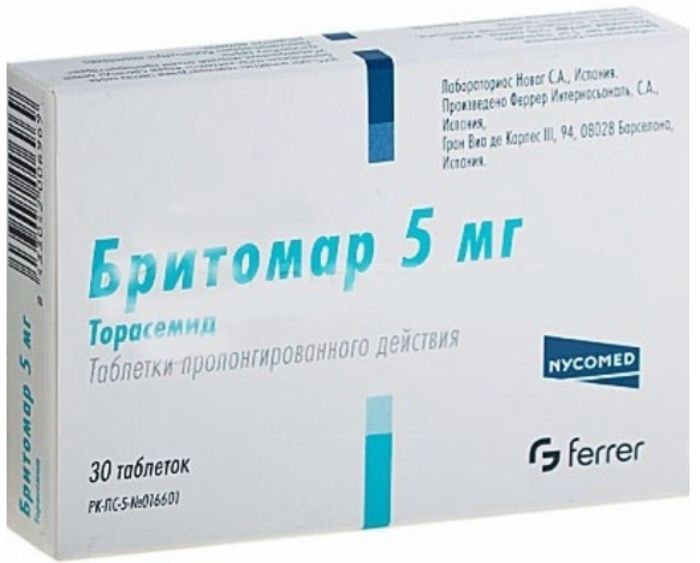
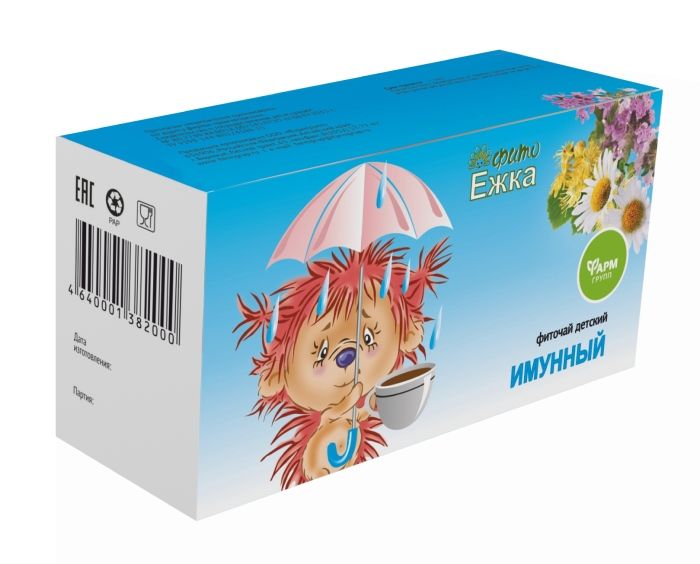
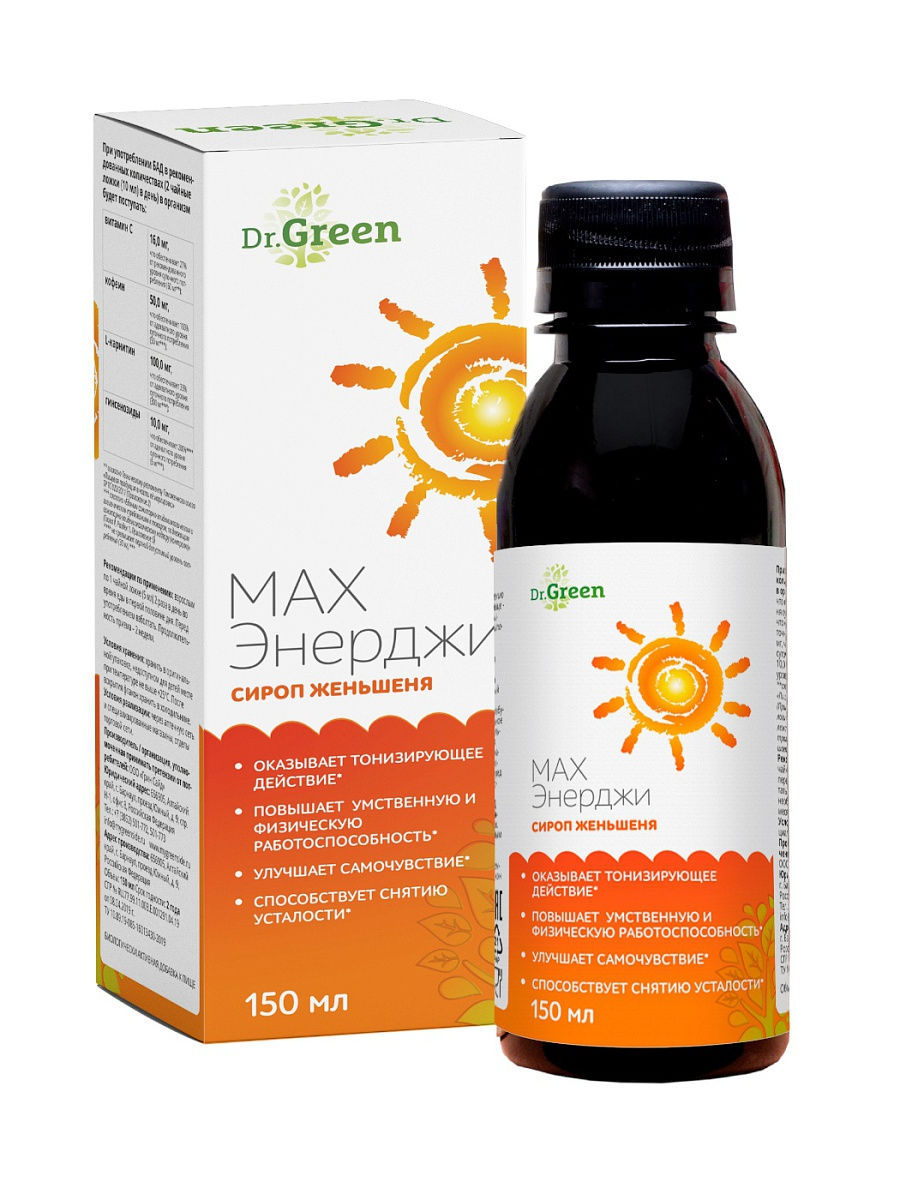
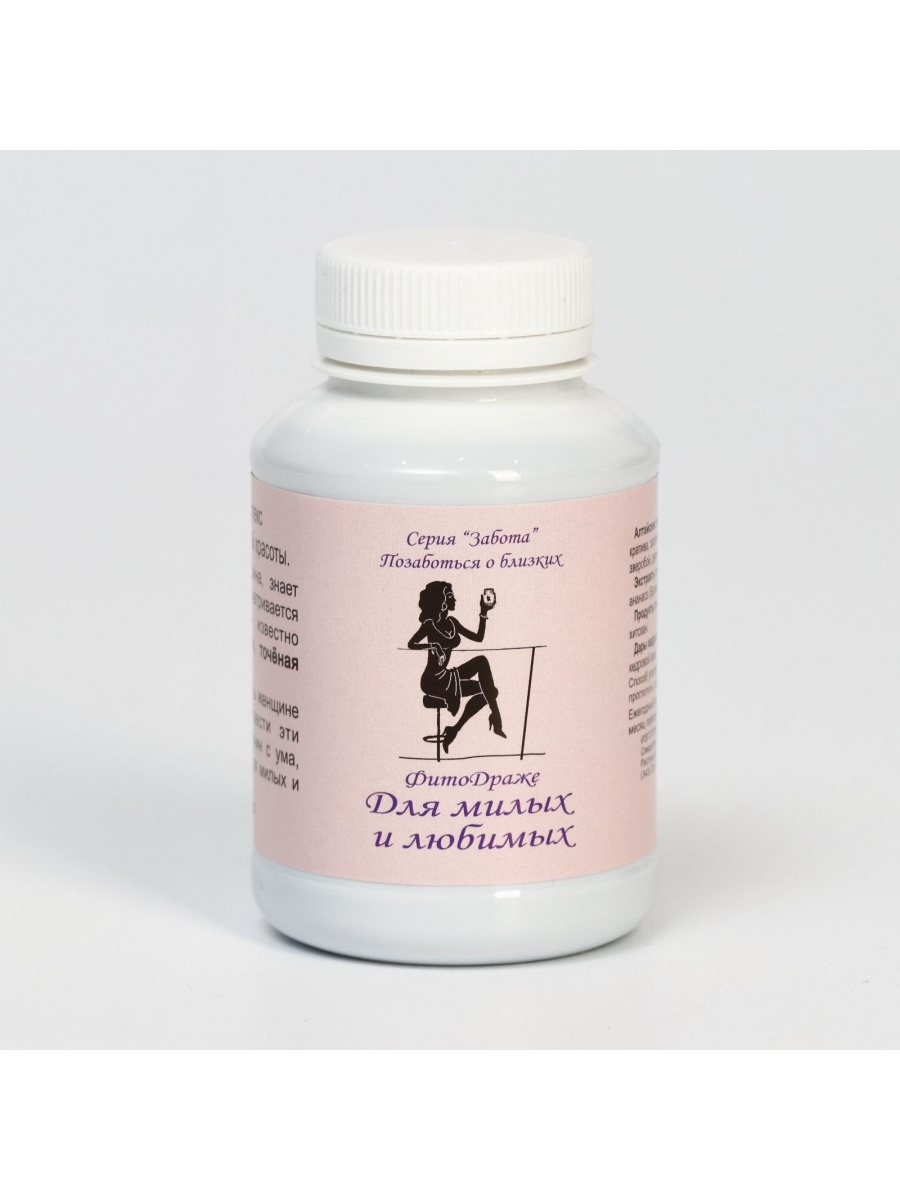
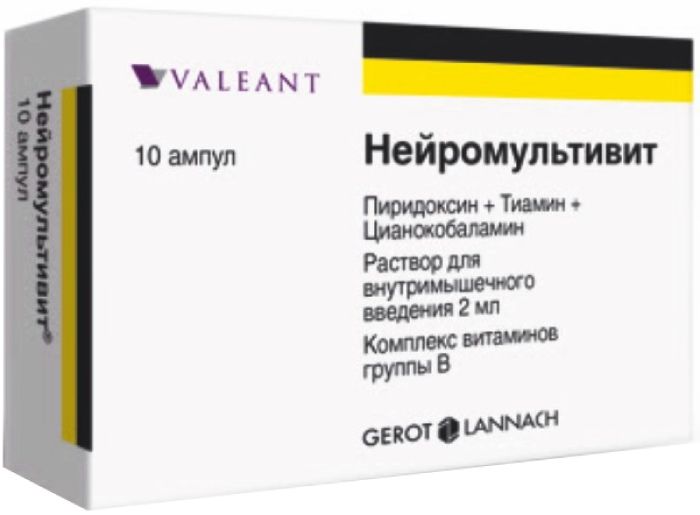

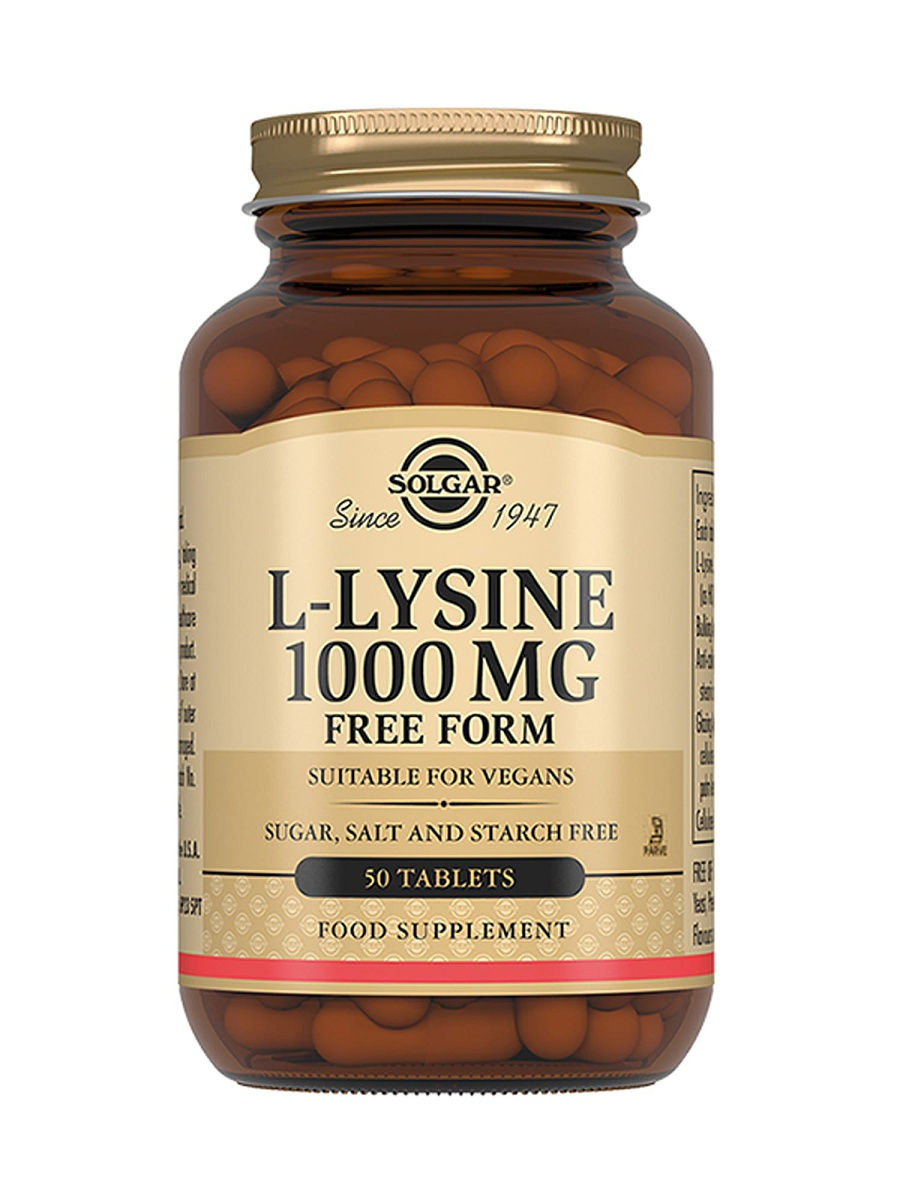




There are no reviews yet.